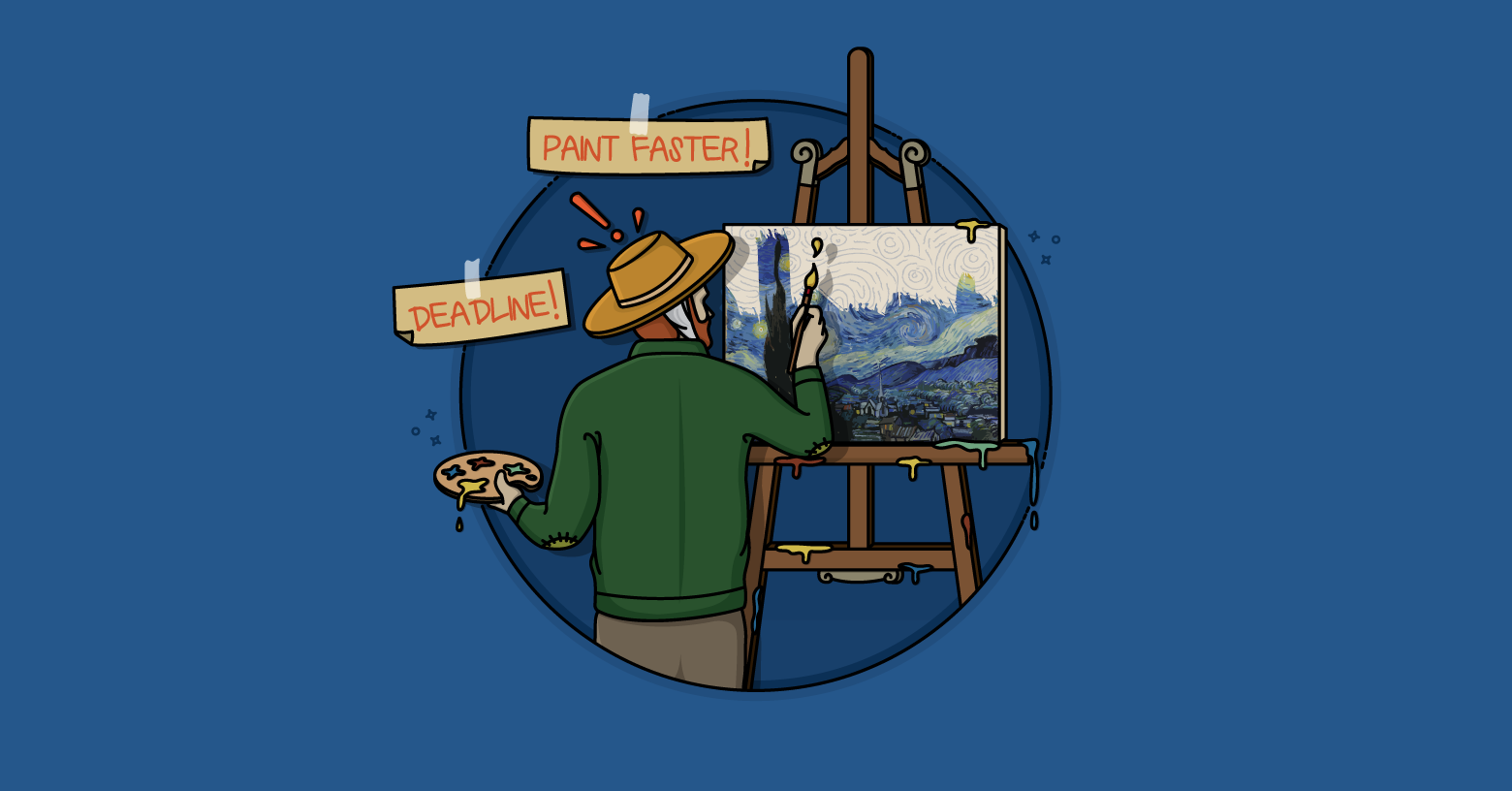I met Brian Robertson back when he was still the CEO of Ternary Software and experimenting with the ideas that have become Holacracy. You’ve probably heard of Holacracy by now. It’s a way of running organizations. But it’s a very different way of running organizations. It’s been written up in Forbes and Wired magazines. But it’s often poorly described and misunderstood. So, what better way for us to learn about it than from its primary developer, Brian Robertson, who has written this guest post for us. —Mike
![]()
Agile software development is truly a stark contrast to the machine-like predict-and-control methods of a waterfall approach. For better or worse, agile methods are also in stark contrast to the organizational leadership, management, and governance structures of modern day business, which — like waterfall approaches — rely on autocratic predict-and-control management and tend to fight change.
This clash often creates significant stress between agile teams and the rest of the organization — stress that can severely slow or even kill the shift to agile methods. For organizations that do manage to make agile stick in their software teams, interesting questions then arise like, “can we run the rest of our organization on similar principles?” and “what would it take to make our entire organization agile?”
Fortunately, there are emerging methods that do for entire organizations what agile has done for software teams. This post examines one approach, called Holacracy, which offers a complete system for achieving agility in all aspects of an organization.
While Holacracy is by no means the first attempt to take agile approaches outside of software teams, as The Economist points out, “Holacracy goes further in shaking up working practices than most [other] approaches.” Holacracy also has more traction than any other defined system: it is already being used by hundreds of companies around the world, including notable mentions like Zappos, the David Allen Company, and Medium.
Adam Pisoni, co-founder of Yammer, adds: “Just like agile development systems break work into sprints, Holacracy forces a company to revisit its rules, roles, objectives and authorities in short cycles. This prevents you from over-planning upfront. It also gives you the chance to re-evaluate your plans, direction and beliefs on a regular, frequent basis.”
So, what is Holacracy? Essentially, it’s a new way of running an organisation that removes power from a management hierarchy and distributes it across clear roles, which can then be executed autonomously, without a micromanaging boss. More specifically, Holacracy differs from the traditional management model in four ways:
- No more job descriptions
In most companies each person has a single job description that is often imprecise, outdated and irrelevant to their day-to-day work. In Holacracy, people have multiple roles, often on different teams, and those role descriptions are constantly updated by the team actually doing the work. This allows people working in a Holacracy-powered company a lot more freedom to express their creative talents. It also means that the company can take advantage of those skills in a way it couldn’t before.
Ev Williams, cofounder of Blogger, Twitter and Medium, puts it this way: “In the past, as my companies have grown, I’ve hired these amazing people, and I’ve felt like I was getting less and less of them as the company got bigger. Part of that was because they were in a particular area, and if they had ideas or concerns or perspectives that were relevant outside that area, it wasn’t clear what to do with them. Holacracy provides a very specific way where people are actually encouraged to bring this stuff up. You really take advantage of everybody’s perspectives and ideas.” - No more delegated authority
The agility that Holacracy provides comes directly from truly distributed authority. In traditional organisations, managers loosely delegate authority, but ultimately their decisions always trump those they manage and everybody knows it.
In Holacracy, authority is truly distributed and decisions are made locally, by the individual closest to the front line. Teams are self-organised: they’re given a purpose, but they decide internally how to best reach it. In this way, Holacracy replaces the traditional hierarchy with a series of interconnected but autonomous teams (“circles” in Holacracy’s vernacular). And once a circle has distributed some responsibility or authority to one of its roles, whoever fills that role has a whole lot of power in that area -- power no one else can trump.
This is very different than in most companies, where only the management has the kind of authority needed to make important decisions. In practice, this means that everyone in the company is asked to take the reins and become a leader of their roles, and, conversely, a follower of others’ roles. - No more big re-orgs
In traditional companies, the organisation chart gets revamped every few years. These cyclical ‘re-orgs’ are an attempt to keep up with the changing environment, but since they only occur every three to five years, they are almost always out of date. In Holacracy, the structure of the organisation is updated every month in every circle.
Yammer co-founder Adam Pisoni says it this way, “Most startups believe in iteration of their products. Now they need to apply the same thinking to their organisations.” Holacracy is precisely this type of solution: a rapid and agile approach to organisational development, rather than the industrial-age approach of predict, plan, and then cross your fingers and hope that you’ve made the right prediction.
With Holacracy, the definitions of the roles and the circles are not prescribed in advance, nor are they rigidly defined. Instead, Holacracy allows a company to evolve whatever organisational structure is most suited to its current environment. In this way, Holacracy doesn’t just help organisations become evolved – it helps them become evolutionary. - No more office politics
In most companies, things are done a certain way because “that’s how we’ve always done it”, and those implicit rules are hard to change. Often no one knows why those rules exist, who decided them, or who can change them. This makes distributing authority almost impossible, because there is no way to ensure that everyone is following the same set of rules. The traditional management hierarchy is based mostly on ‘people who get it’ promoting other ‘people who get it.’
In Holacracy, distributing authority is not just a matter of taking power out of the hands of a leader and giving it to someone else or even to a group. Rather, the seat of power shifts from the person at the top to an explicit process, which is defined in detail in a written document (called the Holacracy ‘constitution’). In fact, when an organisation adopts Holacracy, the very first step is having the CEO or current power-holder formally cede his or her power into its rule system, meaning that they are subject to the same rules as everyone else.
This shift from personal leadership to constitutionally derived power is central to Holacracy’s new paradigm. The transparency of the rules means that you no longer have to depend on office politics to get things done.
Conclusion: a better way of working?
Companies designed in the 20th century have very little capacity to evolve and adapt. They are subject to evolution’s process at the market level and may survive or die as a result, but they are rarely adaptive organisms themselves, at least on more than a superficial level.
“The key to doing better,” argues Oxford economist Eric Beinhocker,“is to ‘bring evolution inside’ and get the wheels of differentiation, selection, and amplification spinning within a company’s four walls.” Holacracy offers the possibility of doing just that: embedding an enhanced capacity to dynamically and continually evolve, within an organisation’s core DNA.
It helps create organisations that are fast, agile and succeed by pursuing their purpose, free from the tyranny of top-down planning or the time-consuming pursuit of consensus.
It’s not a silver bullet – it takes hard work and practice to make the shift into such a dramatically different way of organising, but those who see and experience it in action are excited about its results. In the words of David Allen, author of "Getting Things Done" and a business leader with years of Holacracy experience in his own company, “Holacracy is not a panacea – it won’t resolve all of an organisation’s tensions and dilemmas. But, in my experience, it does provide the most stable ground from which to recognise, frame, and address them.”
Pre-order Brian’s book, "Holacracy: The New Management System for a Rapidly Changing World" (released June 2nd) here: http://holacracybook.com/








